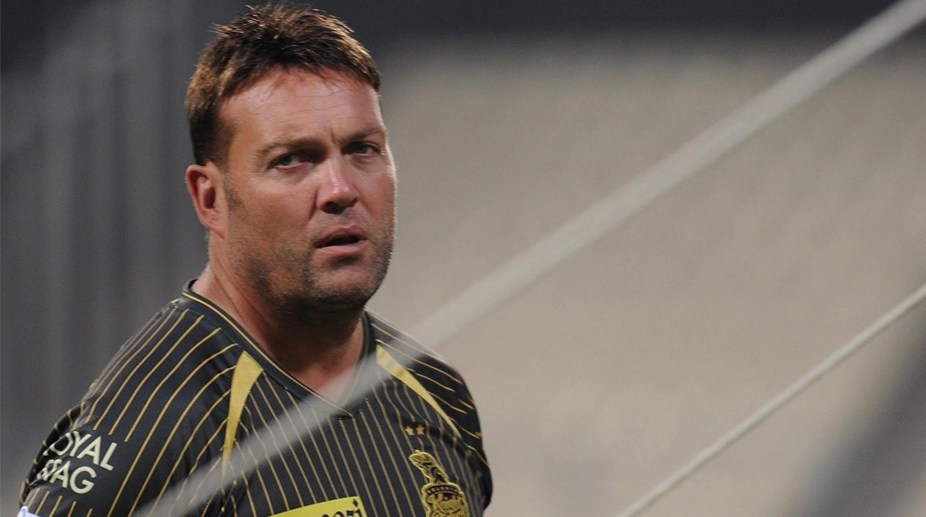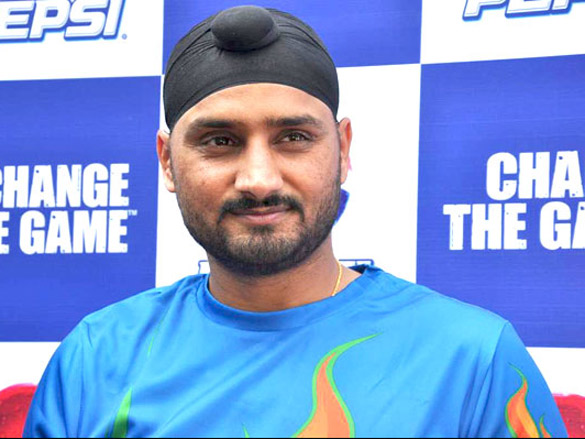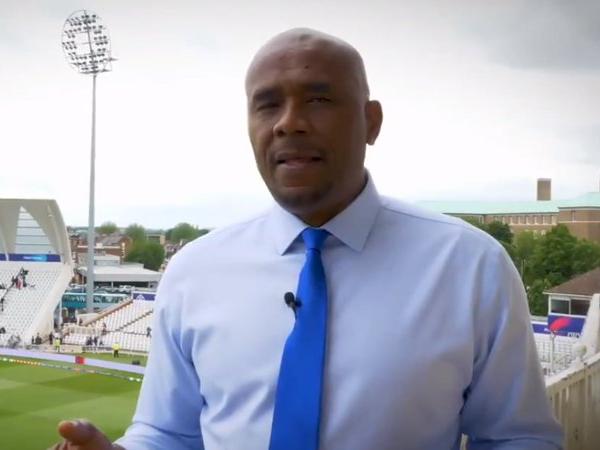

For more than a decade, Mark Zuckerberg and Sheryl Sandberg began and ended each week by meeting together.
The symbolism of the ritual was clear. It was intended to signal that Mr. Zuckerberg, the chief executive of Meta, and Ms. Sandberg, the chief operating officer, were in lock step with each other at the top of the company.
But when Ms. Sandberg, 52, said on Wednesday that she would step down from Meta this fall, she crystallized an unspoken change at the tech giant: Mr. Zuckerberg no longer has any clear No. 2.
While Mr. Zuckerberg named Javier Olivan, a longtime executive, to take over Ms. Sandberg’s job when she departs, the importance of the chief operating officer role has diminished at Meta, which was formerly known as Facebook. Mr. Zuckerberg, 38, instead has four executives who have equally large responsibilities and who answer to and run major decisions by him.
Mr. Zuckerberg made the structural shift because he wanted to consolidate his control over all arms of the company, three people close to him said. While Mr. Zuckerberg has always been the undisputed boss, with a majority of the company’s voting shares, he shared power with Ms. Sandberg when he was a younger businessman and needed help expanding the company. But with more than 18 years of experience under his belt, he wants to exercise all of his power and be identified more clearly as Meta’s sole leader, the people said.
The four top lieutenants are Andrew Bosworth, the chief technology officer; Nick Clegg, the president of global affairs; Chris Cox, the chief product officer; and Mr. Olivan, who was the head of growth, Mr. Zuckerberg said in a Facebook message about Ms. Sandberg’s exit on Wednesday.
Each of the four men has major responsibilities. Mr. Clegg is the public face and ambassador for Meta, while Mr. Bosworth is pushing the company into the immersive world of the so-called metaverse. Mr. Cox oversees Meta’s family of apps — Instagram, WhatsApp, Messenger and Facebook — and Mr. Olivan will be in charge of analytics, infrastructure and growth.
But none of them have as much power as Ms. Sandberg used to, when she effectively ran all of the business operations while Mr. Zuckerberg focused on developing Facebook’s products.
Mr. Zuckerberg alluded to the power shift on Wednesday in his Facebook post. He said he didn’t “plan to replace Sheryl’s role in our existing structure,” adding that Meta “has reached the point where it makes sense for our product and business groups to be more closely integrated, rather than having all the business and operations functions organized separately from our products.”
R.A. Farrokhnia, a professor at Columbia’s Business and Engineering Schools, said the shift in management structure made sense as Meta invested in the metaverse and moved away from the social networking model that Ms. Sandberg built an advertising business for and championed for years.
“Moving in this direction requires a more decentralized — and more traditional — governance structure,” Mr. Farrokhnia said. “You have multiple people coming together where the sum of the parts becomes much larger.”
A spokesman for Meta declined to comment and declined to provide interviews with executives.
For years, Mr. Zuckerberg and Ms. Sandberg had clear-cut responsibilities, which employees often referred to as the “Sandberg side” and “Mark side.” Ms. Sandberg ran the business, policy and legal teams with a lot of autonomy, while Mr. Zuckerberg was responsible for the engineering and product teams.
That began changing in 2020 after Facebook dealt with scandals involving privacy, misinformation and other toxic content on the platform. Mr. Zuckerberg told his teams that he was done apologizing and wanted to focus more time and attention on innovative products that the company was designing.
Since then, Mr. Zuckerberg has assumed more control over public messaging and policy decisions, which Ms. Sandberg used to handle. He also brought in hires with public policy expertise and promoted longtime executives who were loyal to his vision.
Three executives he promoted were Mr. Bosworth and Mr. Cox, who have been at the company for 16 years, and Mr. Olivan, who joined nearly 15 years ago. They were among Mr. Zuckerberg’s earliest recruits, and were instrumental in building the earliest versions of Facebook.
Mr. Olivan, 44, who is known internally as Javi, joined Facebook as head of international growth and rose steadily through the ranks. He is not a household name but oversaw Facebook’s rapid expansion and was closely involved with maintaining the company’s technical infrastructure.
Mr. Bosworth, 40, is seen as an enthusiastic and sometimes brash cheerleader for Mr. Zuckerberg’s vision. In January, he was promoted to be the next chief technology officer. He oversees the virtual and augmented reality labs, which make products like the Quest virtual reality headsets that are at the heart of Mr. Zuckerberg’s push for the metaverse. He and Mr. Zuckerberg are also close friends who vacation together.
Mr. Cox, 39, who became chief product officer in 2005, has often been described by employees as the heart of the company. He left Facebook in March 2019 but returned in June 2020, prompting speculation that Mr. Zuckerberg may have been signaling him as a successor.
During Mr. Cox’s absence, some of his teams were reassigned to report directly to Mr. Zuckerberg or other executives, said two senior Meta employees who have worked with Mr. Cox since his return. They said he had not assumed the type of expansive role he once had with thousands of engineers reporting to him.
Mr. Clegg, 55, joined the company in 2018 after a career in British politics, including a stint as deputy prime minister. Ms. Sandberg hired him to take over handling Facebook’s thorny political issues globally, a task that was once hers. Over time, he has become a kind of de facto head of state for the company, dealing with world governments and advocating for Meta at a regulatory level. In February, he was promoted to president of global affairs, reporting to Mr. Zuckerberg.
At Meta, insiders have long speculated over who a potential successor to Mr. Zuckerberg would be, should he ever leave. Ms. Sandberg’s impending departure has now shortened that list and left no clear answers.
“Over the years, few folks other than Sheryl have emerged as a potential successor to Mark,” said Katie Harbath, a director of public policy at Meta who left the company last year. “It makes sense for Mark to want options for possible successors.”
She added: “It can be risky to only focus on one person.”
24World Media does not take any responsibility of the information you see on this page. The content this page contains is from independent third-party content provider. If you have any concerns regarding the content, please free to write us here: contact@24worldmedia.com

Marnus Labuschagne Caught Off-Guard By ODI Captain Call After Steve Smith Snub

Everyone Is Looking Forward To It, The Standard Will Be Very High – Jacques Kallis On CSA’s SA20

Danushka Gunathilaka Granted Bail On Sexual Assault Charges

Ramiz Raja Sends Legal Notice To Kamran Akmal For Defamatory, False Claims Against The Board

Harbhajan Singh Reckons Mumbai Indians Should Release Kieron Pollard Ahead Of The IPL Auction 2023

Ian Bishop Praises Sam Curran For His Performances On Bouncy Australian Tracks

Why Choose A Career In Child Psychology?